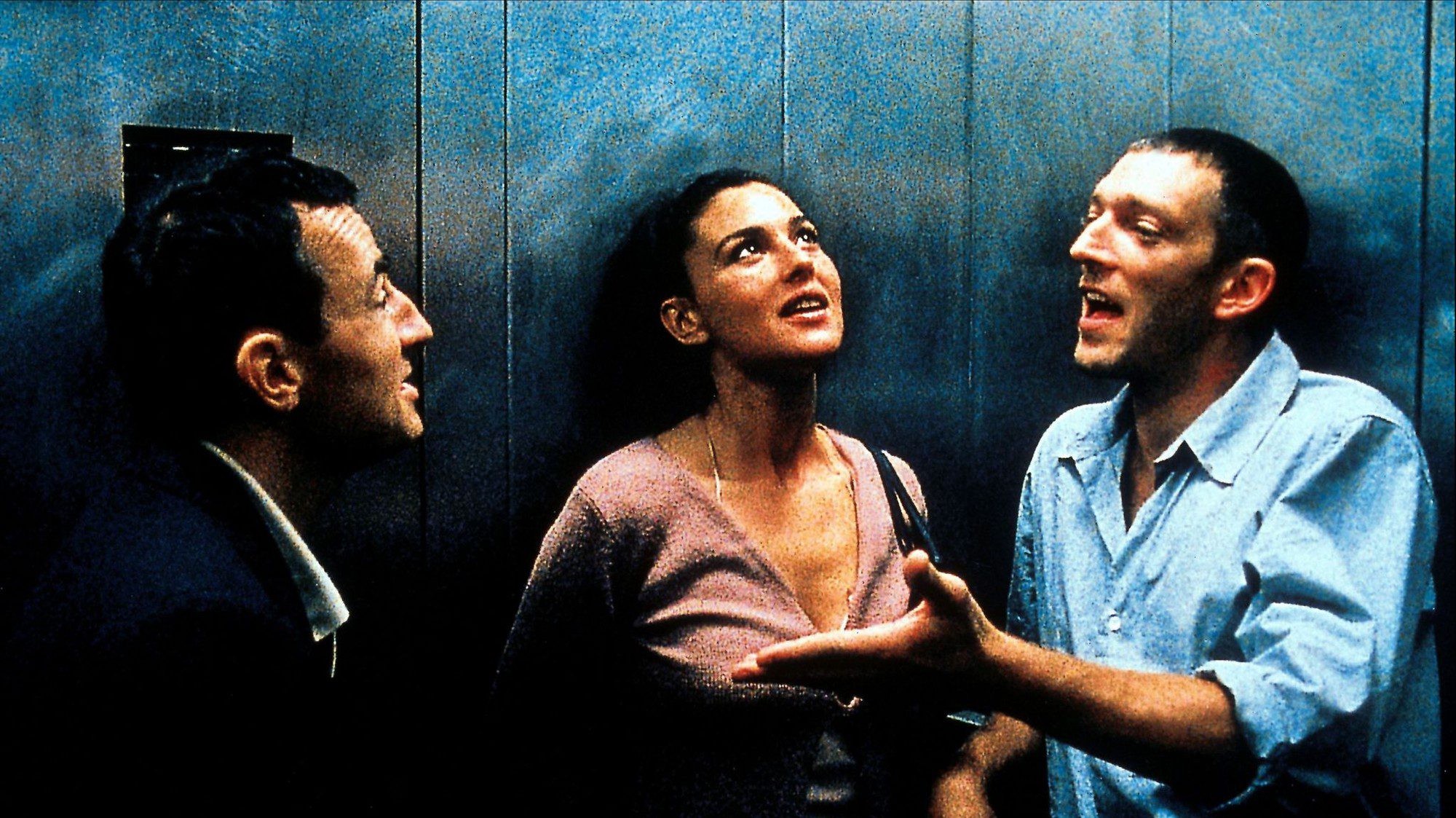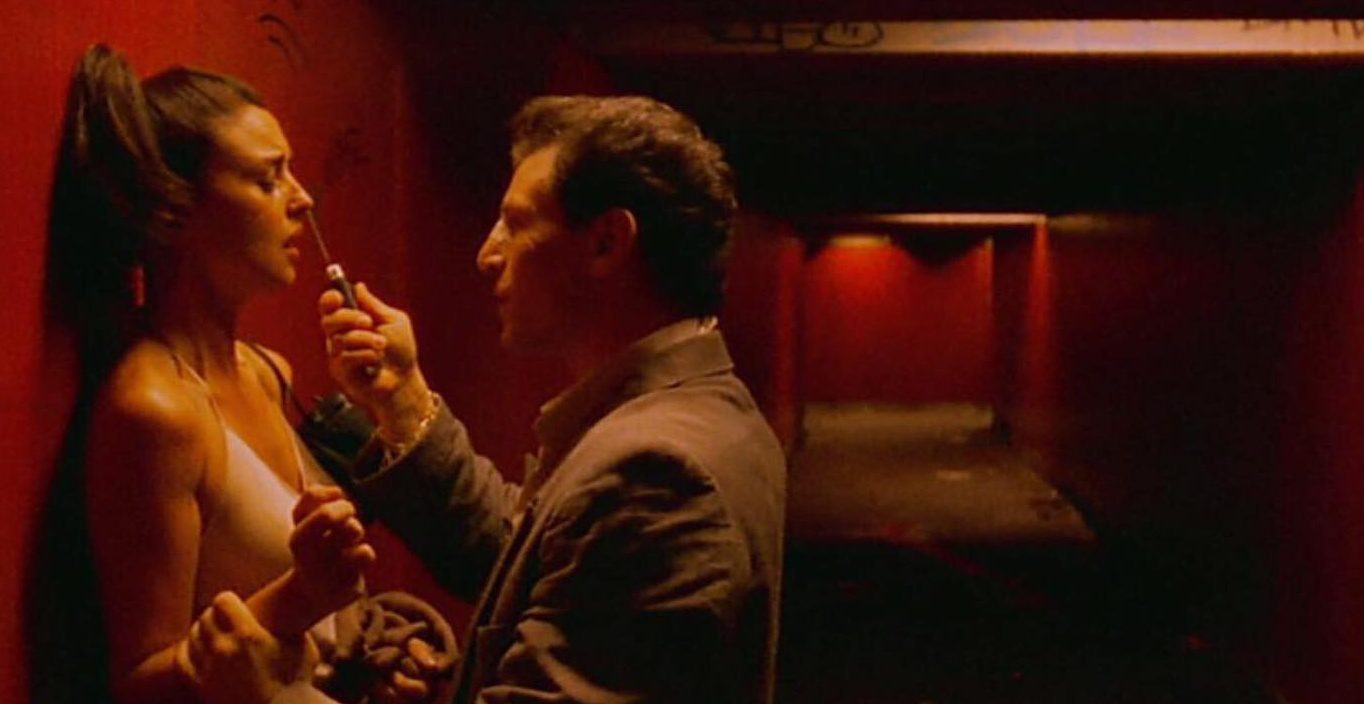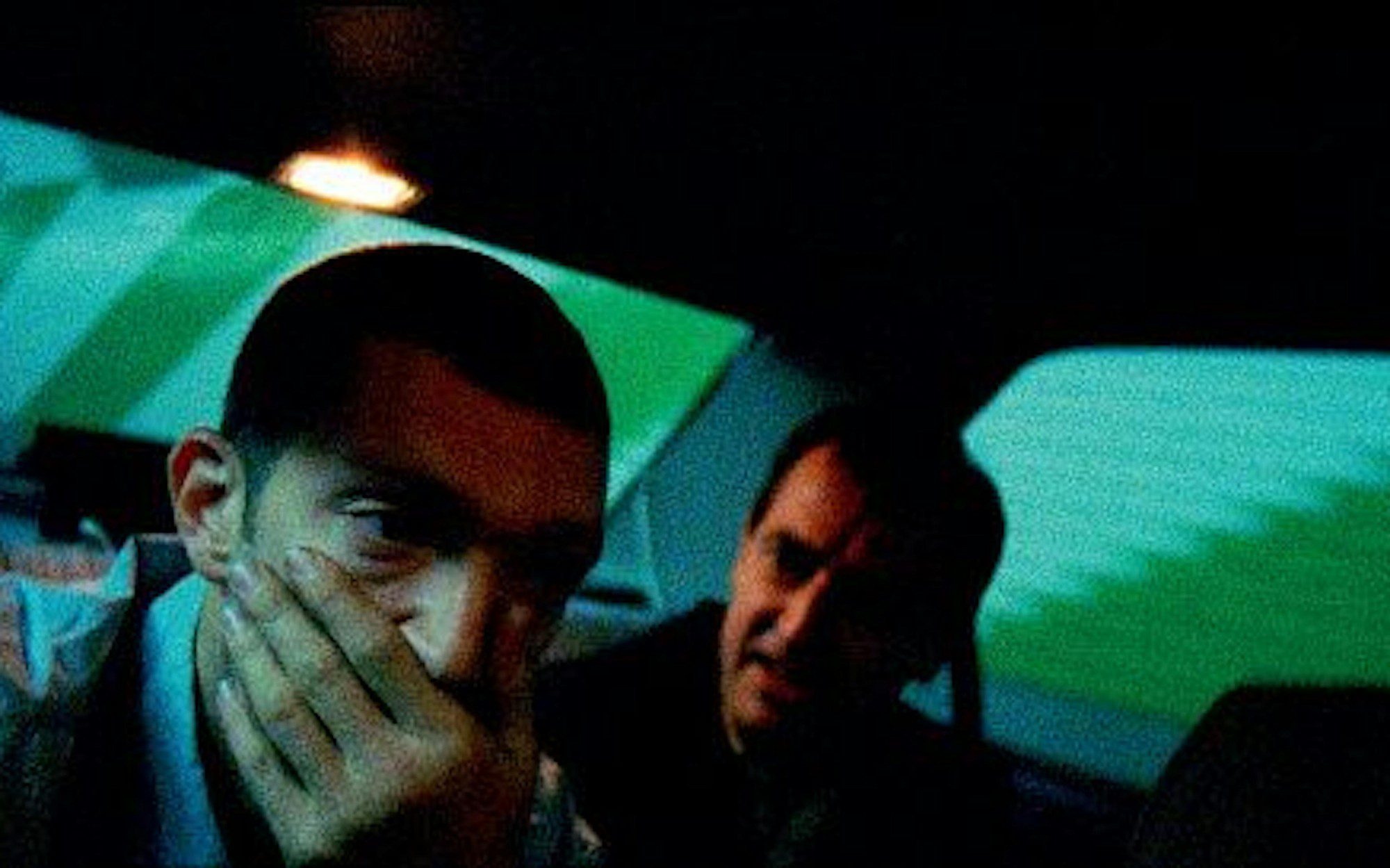The controversial film that sparked heated debates at the Cannes Film Festival, Irréversible, directed by Gaspar Noé, is still recognized as one of the most haunting 18+ films of all time. Not only due to its shocking scenes, but the film also creates a cinematic experience that leaves viewers unable to look away, even if they are terrified.

The Extreme Violence is Not for the Faint-Hearted
If there were a ranking of films based on emotional impact and visual imagery, Irréversible would undoubtedly top the list. The film is structured in a nonlinear format, moving backward in time, recounting a series of tragic events over a night in Paris. The disorienting frames, the chaotic camera movements, along with the low-lit scenes, all contribute to a viewing experience that feels like being thrown into a nightmare.
The most notorious scene, which has sparked the most controversy, is a lengthy 9-minute uncut sequence where the main character (played by Monica Bellucci) is brutally assaulted. This scene does not merely shock with its visuals; the director’s determination to avoid cuts forces viewers to confront the pain and horror directly. It transcends typical notions of ‘shocking’ and becomes a psychological challenge for the audience, pushing them to their limits.

Low-Frequency Sound Waves Make Audiences “Lose Control”
Not only does the film rely on visual intensity, but Irréversible also employs a unique auditory technique that makes viewers feel increasingly uneasy. In the first 30 minutes, director Gaspar Noé integrates a sound frequency of 27 hertz—an inaudible bass wave that impacts the nervous system and physical sensations. This sound makes audiences feel a profound sense of anxiety, dizziness, rapid heartbeat, and disorientation.
This overwhelming sensation led some viewers to leave the theater during the initial half-hour of the screening. Many described the feeling as being “turned upside down,” unable to speak. Even after the sound waves ceased, the film continued to unsettle viewers with its lingering imagery, particularly during scenes of violence, drenched in dark hues. Gaspar Noé does not allow the audience to “look away,” instead forcing them into an uncomfortable state—something few films dare to achieve.

Ultimately, It Is a Deeply Artistic Work
Despite its shocking content and graphic violence, Irréversible has been critically acclaimed as a significant cinematic masterpiece. The film does not glorify violence or provoke gratuitously; rather, it poses poignant questions about fate, the futility of revenge, and how time renders everything irreversible. The reverse chronology intensifies the audience’s emotional experience, especially as they grasp what will happen but cannot prevent it.
Monica Bellucci and Vincent Cassel’s outstanding performances are also unforgettable highlights. Both actors delivered raw emotion, their expressions conveying pain that leaves viewers speechless. In an era where films are often overproduced, Irréversible stands out as a uniquely challenging experience—both audacious and deeply psychological.

Image Source: Compilation




















